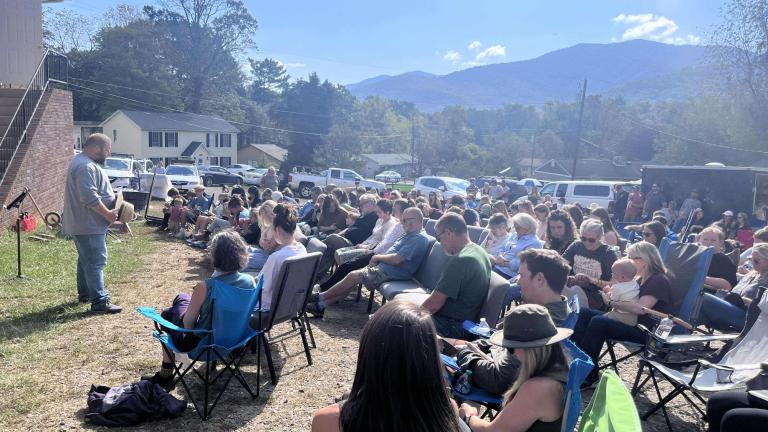Taken individually, the economic meltdown and the burst housing bubble are both, to use a technical term, bummers. But together, for certain problem-solving designers, architects, urbanists, and planners, they present an opportunity, especially when meshed with a rising environmental awareness.
Besides building too many houses, we made them too large (not to mention too far away from centers of employment and commerce): they are essentially stick-framed gas-guzzlers. But if advocates have their way, the small house will be the next big thing.
The average house size now hovers around 2,521 square feet, 801 square feet bigger than in 1977. Some 38 percent of new single-family homes finished last year had at least four bedrooms, almost double the percentage of 20 years ago. Meanwhile, average family size has shrunk. It was 3.1 people in the ’70s; today it’s more like 2.6. Thus we’re building houses that are too big for us, and each of our architectural obesities consumes more energy, not to mention uses more materials to create, than we can possibly use. It’s no coincidence that the building sector is the largest consumer of energy in this country and the largest emitter of greenhouse gases.
Creative solutions are out there, to be sure. Alison Arieff, blogging at The New York Times, spoke of McMansions subdivided into apartments called “quartets” — as long as that doesn’t add four times as many cars on a superhighway, that’s certainly a viable mode of adaptive reuse. And the tiny house movement continues to grow, with homes as small as 100 square feet set up on wheels to avoid the minimum house size standards that many municipalities impose.
Then there is the S*U*N*: Sustainable Urban Neighborhood homes, the brainchild of the 60 or so architects and urbanists of New Urban Guild. Okay, SUN homes are still in the drawing board phase, but within six months or so we should see finalized sets of drawing plans for houses that will be about 40 percent smaller than the pervasive McMansion standard. (This figure comes in part from practicality — according to NUG, we are poised to lose as much as 40 percent of our spending power and assets before the financial crisis abates.)
Since we are accustomed to our great rooms and grand dining areas and such, these houses will, say the New Urban Guild folks, have the same functionality as the big guys, through “clever space-saving floor plans and regionally appropriate architecture that helps to condition itself, lowering utility bills significantly,” according to their promotional materials. Despite the “urban” in their name, they will work as well in suburban areas as in dense downtowns: the idea is to be inspired by space-saving urban architecture.
For example, in the dining room, they may have booths instead of space-hogging round tables. Apparently, six people can sit comfortably in 36 square feet using a booth, but it takes as much as five times that space for a round table. “Get what you want, like it better, but build about half as much,” says architect Steve Mouzon. Mouzon is also the force behind Original Green (chronicled here), so these modest plans will consider local climates and cultures.
Besides the environmental angle, there is, of course, a financial benefit. Smaller houses require less money to maintain and cost less to build, making them more attractive to increasingly circumspect and cautious mortgage brokers. Not only that, sometimes small houses retain their property values more easily than larger homes. Certainly, in times of economic strife, the adage is more true than ever: small is beautiful.

